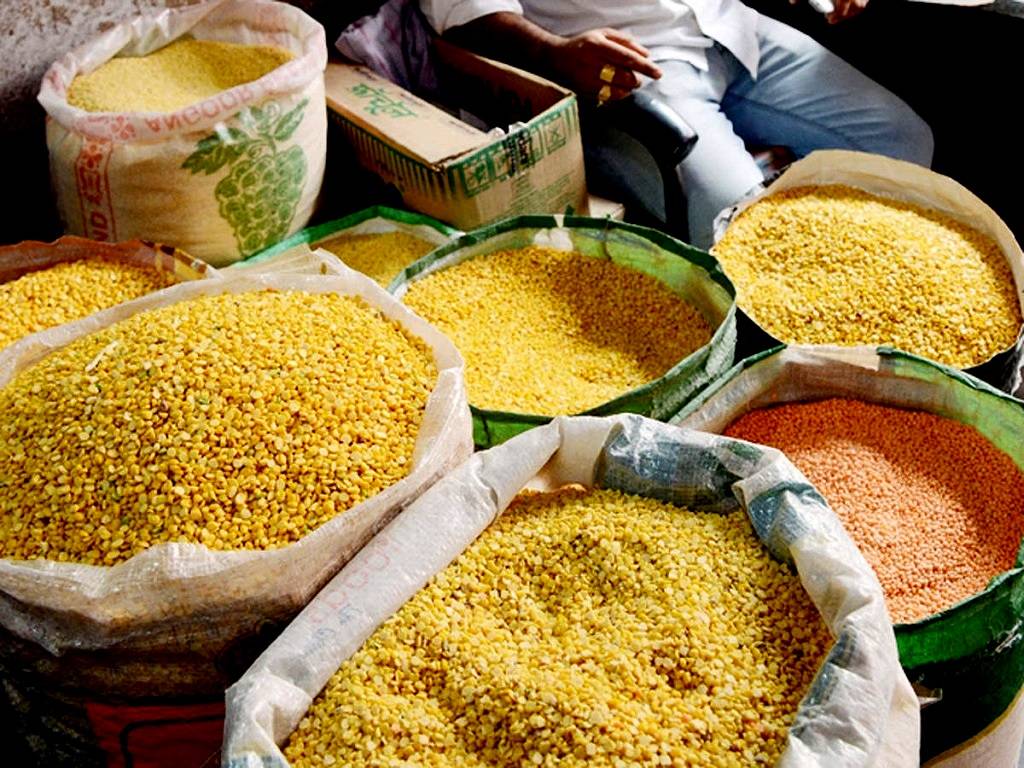
Average traded price of tur in Maharashtra and Karnataka mandis is higher than the government-declared minimum support price (MSP) of Rs.6300 per quintal. Farmers have largely decided to keep their stock rather than sell it, which has resulted in a rise in mandis prices.
Farmers in India have planted 48.24 lakh hectares of crop for the 2021-22 Kharif season. Maharashtra and Karnataka are major producers of tur. The crop, which will be available in markets after December, had started on weak sentiments as a bumper production was expected. As a result, the National Cooperative Agricultural Marketing Federation (NAFED) has begun laying the groundwork for MSP procurement at its centers earlier than usual.
Rains in December and early January, however, appear to have reversed the tide against a bumper production in both Karnataka and Maharashtra. Agriculture officials in both states predicted a 20-25 percent drop in output.
Lower output has impacted pricing, with an average-traded price pushing past the MSP levels in both Latur's wholesale market in Maharashtra and Gulbarga in Karnataka. Latur market saw the pulse being traded at Rs.6500 per quintal.
As a result of the price increase, the arrival of the pulse has been delayed, with farmers deciding to wait and see rather than selling their harvest. This has resulted in lower-than-expected registration of farmers willing to sell their produce at the procurement centers.
According to Yogesh Thorat, Managing Director of Maha FPC — the state's umbrella body of FPCs and a state-level agency that procures the commodity on behalf of NAFED — around 7,000 farmers have registered to sell their produce.
"Most farmers believe that prices will rise in the coming days, therefore they have opted to hold off on liquidating their stock," he added.
While rainfall in October-November had a negative impact on the crop in Marathawada and north Karnataka, rainfall in December had a negative impact on tur cultivation in Vidharbha and Madhya Pradesh.
















